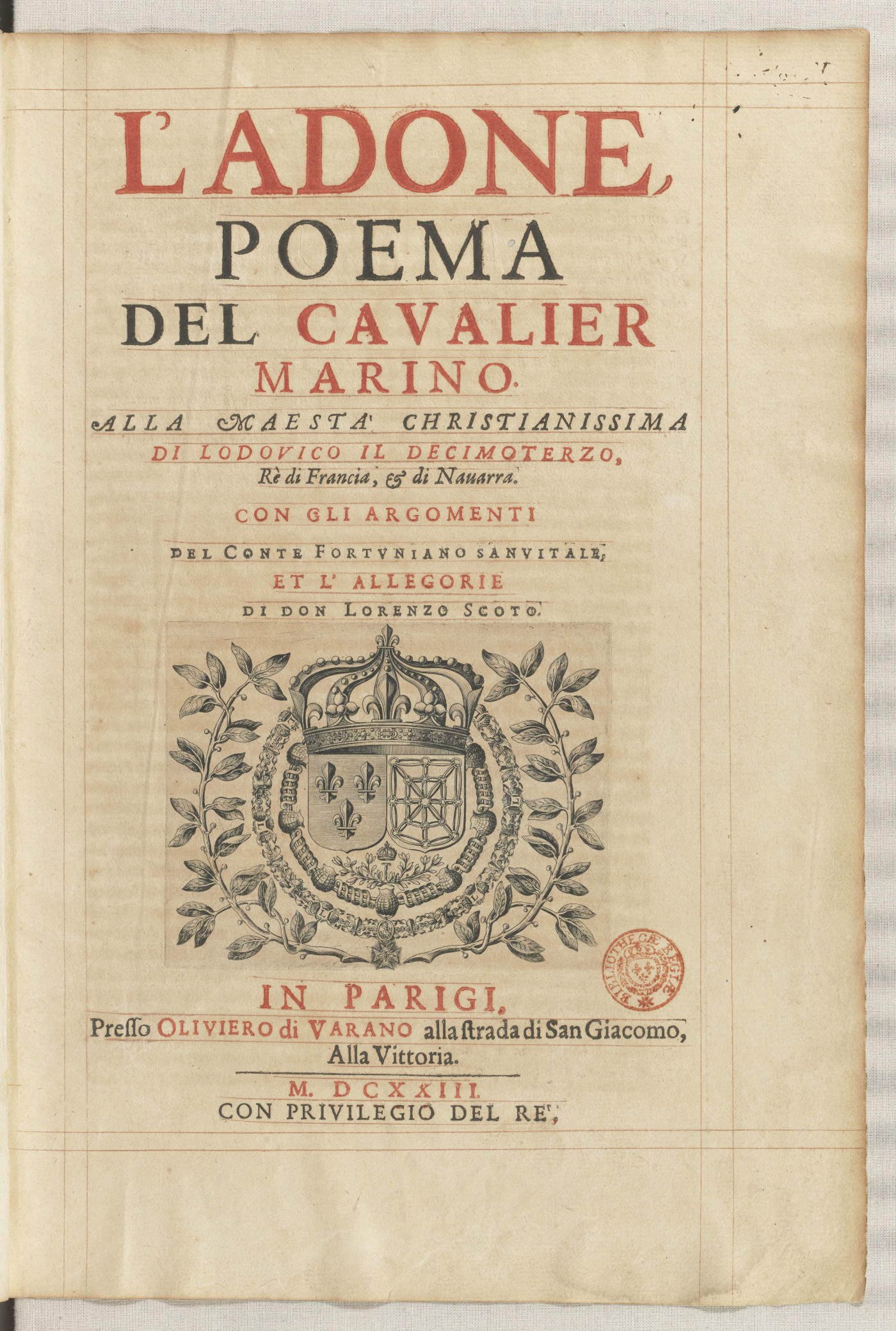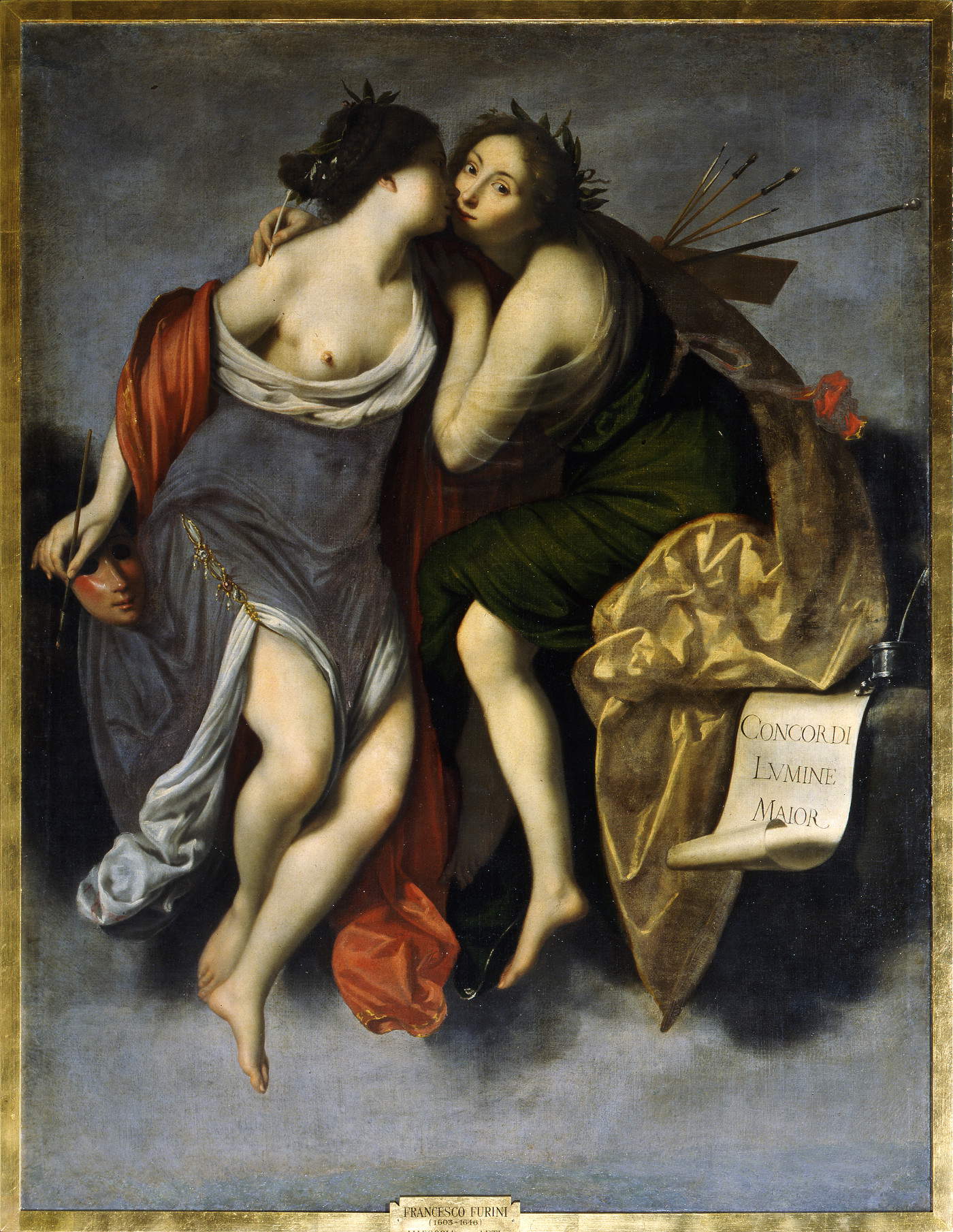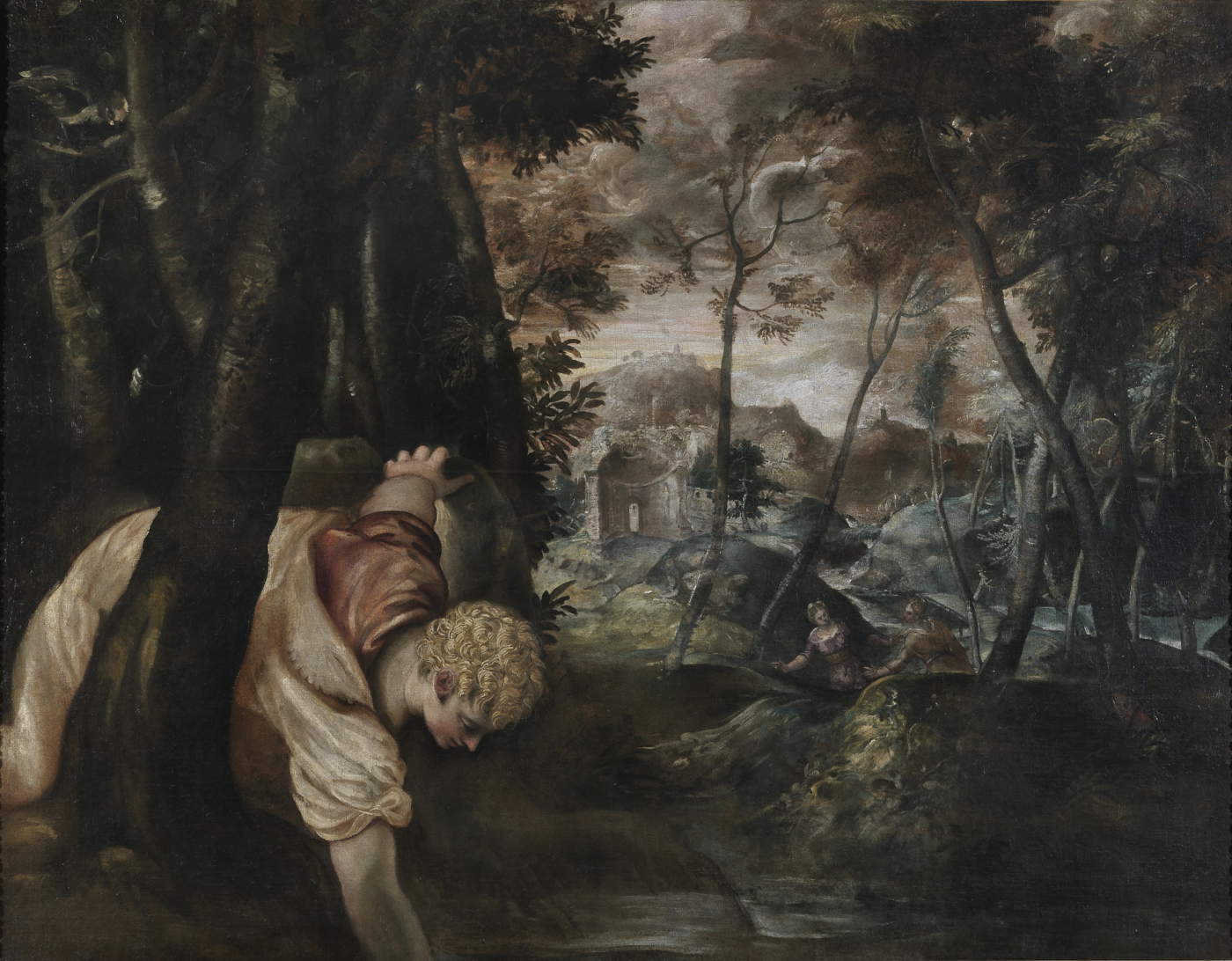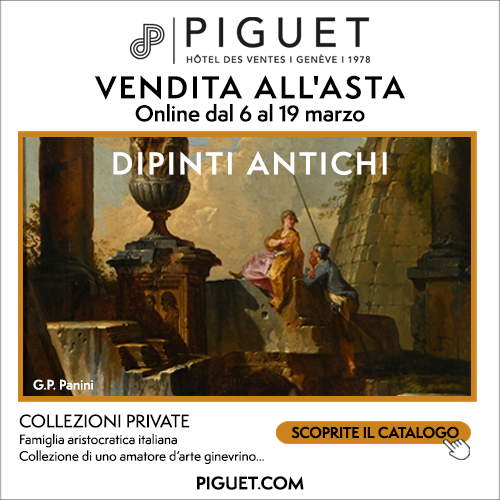An exhibition at the Borghese Gallery on Giovan Battista Marino the poet and his relationship with the figurative arts
From Nov. 19, 2024 to Feb. 9, 2025, the Borghese Gallery explores the connections between painting and poetry, sacred and profane, literature, art, and power in the early seventeenth century with an unprecedented project. Indeed, the exhibition Painting and Poetry in the Seventeenth Century. Giovan Battista Marino and the “wonderful” passion, curated by Emilio Russo, Patrizia Tosini and Andrea Zezza. Focusing on the golden age of the Baroque in painting and literature, a period when the relationship between poetry and painting reached its zenith, the exhibition is inspired precisely by the texts of Giovan Battista Marino (Naples, 1569-1625), among the greatest poets of the Italian seventeenth century, and celebrates his passion for painting through a journey that unites great masters of the Renaissance and Baroque, such as Titian, Tintoretto, Correggio, the Carraccis, Rubens and Poussin.
Famous for his poem Adonis (1623), Marino is also the author of La Galeria (1619), a collection of 624 poems dedicated to works of art, divided between Paintings, Sculptures, Fables and Histories. Giovan Battista Marino’s life and literary production is closely intertwined with the great masters of figurative art of the early seventeenth century, thanks to his contacts with prominent intellectuals and courts such as those of Matteo di Capua in Naples, Pope Clement VIII in Rome, Giovan Carlo Doria and Giovan Vincenzo Imperiali in Genoa, and Carlo Emanuele I in Turin. In these environments, in contact with prestigious art collections, Marino forged direct relationships with artists such as Cavalier d’Arpino, Bernardo Castello, Caravaggio, Agostino Carracci, Ludovico Cigoli, and Palma il Giovane.
In 1615, persecuted by the Inquisition, Giovan Battista Marino was forced to leave Italy, finding refuge in Paris, at the court of Louis XIII and Marie de’ Medici, where he remained until 1623: there he met Nicolas Poussin, for whom he wrote a sort of letter of introduction that the artist would take with him on his arrival in Rome. With this symbolic passage the last phase of the poet’s parable is linked to the decisive Roman landing of the great French painter. With its unique collection of masterpieces begun by Cardinal Scipione Borghese in the early decades of the seventeenth century, the care of the works and the purely Baroque scenographic setting, the Galleria Borghese represents the ideal context for rereading the figure of Giovan Battista Marino the poet and his relationship with the figurative arts, and how in the seventeenth century the latter began to influence each other with literary production.
The exhibition is divided into five sections and opens with some great masterpieces by Correggio, Titian and Tintoretto collected in the section Poetry and Painting in the Seventeenth Century. The visitor is introduced here to the relationship between poetic and figurative tradition that is already evident during the sixteenth century. A relationship that becomes the lens through which to view Baroque art and that Giovan Battista Marino fully captured.
In the section La Galeria and Giovan Battista Marino’s Dialogue with Artists, dedicated to the La Galeria collection, the exhibition traces the poet’s relationship with the great art of the Renaissance and Baroque through a close comparison of paintings, sculptures and their literary transposition. On display here are masterpieces by Luca Cambiaso, Titian, Palma the Younger, Pietro Paolo Rubens, Cavalier d’Arpino, Alessandro Turchi, and Pietro Bernini, all artists in some way connected to the life and writings of Giovan Battista Marino.
The section on The Massacre of the Innocents, which takes its title from one of the poet’s masterpieces, explores another theme he addressed from the figurative tradition. The work was published posthumously only in 1632, but by the beginning of the century the biblical theme had also come back into vogue in painting thanks to large-scale works by, among others, Guido Reni, Giovanni Battista Paggi, Nicolas Poussin, and Pietro Testa, who measured themselves against the representation of a horror capable of generating wonder. The section entitled L’Adone tra sacro e profano collects works related to the myth of Adonis, the protagonist of the Marinian poem of the same name, which can be considered the symbolic work of the Italian seventeenth century, a triumph of a poetry between sacred and profane constructed by tableaux, as juxtapositions of poetic pictures. Collected in this section are a number of masterpieces by Palma il Giovane, Scarsellino and Poussin related to myth, works that range from the more sensual outcomes characteristic of the love story between Adonis and Venus to the more tragic ones relating to his death and the goddess’ mourning, in which subtle references to sacred depictions also enter the scene.
The last exhibition section, entitled Farewell. The Apotheosis of Giovan Battista Marino and the Discovery of Nicolas Poussin, aims to give credit to the most significant legacy of Giovan Battista Marino’s artistic passion: his intuition of the greatness of the young Nicolas Poussin. The meeting between the two at the court of Marie de’ Medici in Paris is the premise of Poussin’s trip to Rome and the realization in the following years of a number of works such as the Lamentation over Dying Adonis, Parnassus, and The Inspiration of the Poet, all of which are linked to the celebration of Marino’s poetry.
The exhibition at the Galleria Borghese aims to invite the public to explore the fascinating interweaving of words and images that bewitched Giovan Battista Marino, to rediscover the seminal legacy of a man of letters who knew how to intertwine the beauty of poetry and the seduction of figurative art.






 |
| An exhibition at the Borghese Gallery on Giovan Battista Marino the poet and his relationship with the figurative arts |
Warning: the translation into English of the original Italian article was created using automatic tools. We undertake to review all articles, but we do not guarantee the total absence of inaccuracies in the translation due to the program. You can find the original by clicking on the ITA button. If you find any mistake,please contact us.





























